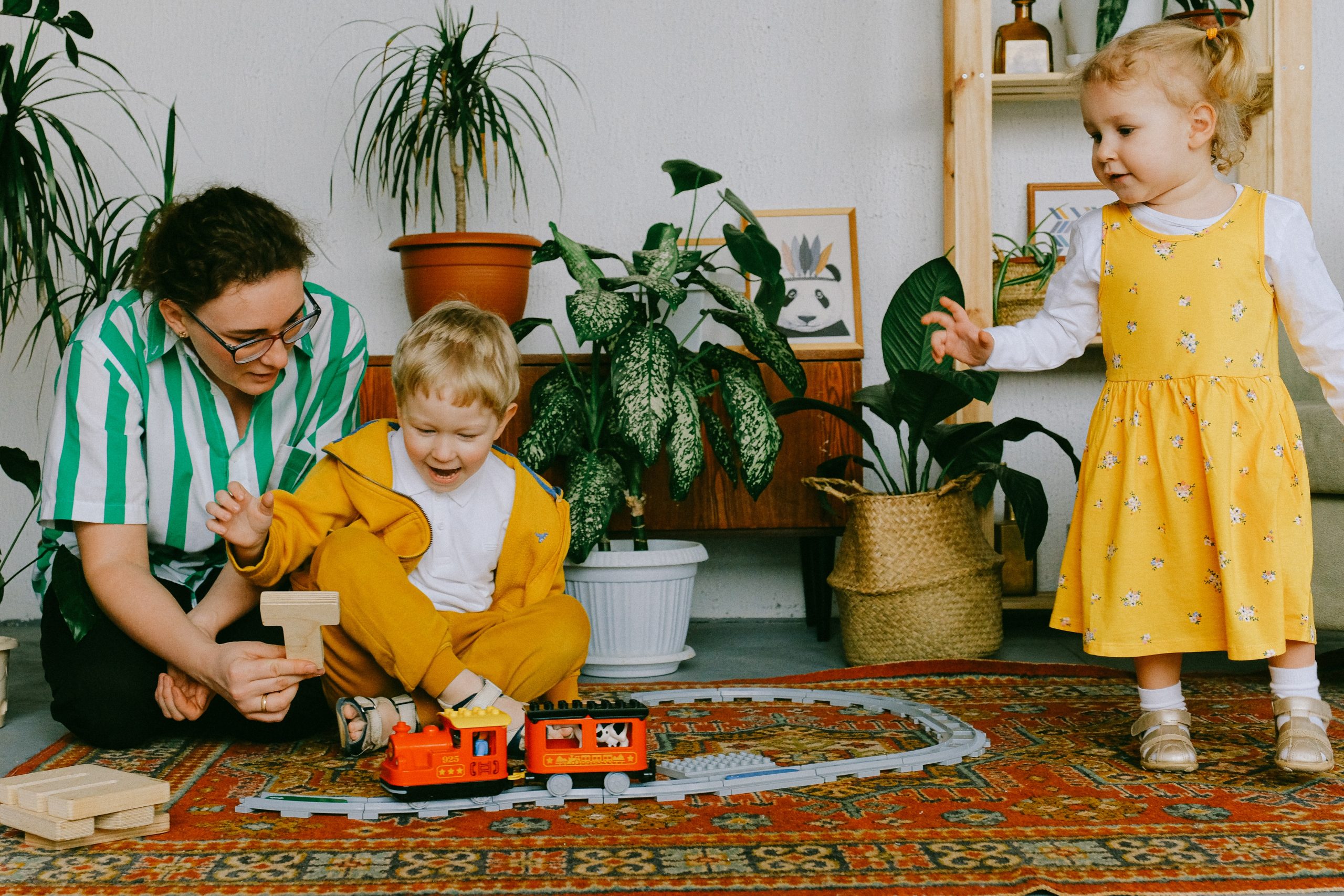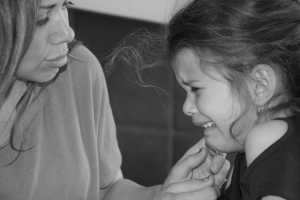CALM
The CALM method is a technique for parents to use to communicate with their children, whether that be talking through a conflict or just sharing about what happened that day. The goal of this method is to give children a voice and help them feel heard. The “best-practice” way to utilize this method would be to implement it every time your child wants to have a conversation one-on-one with you.
- Connect
- Affect
- Listen
- Mirroring
How to use this method:

CONNECT. The first step in the CALM method is connecting with the child. This means putting aside any and all distractions in order to give your full and undivided attention to what the child says to you.
AFFECT. The second step is affect, which is emotion. This means you want to share and show your emotions and feelings with your children and let them know that you have the same emotions as they do. Through this, they can see that you understand and empathize with what they are going through or telling you.
LISTEN. The third step is listening to the child by repeating what is said back to you or asking for clarifications to help the child feel listened to and heard.
MIRRORING. The fourth and final step is mirroring. This is when you (a) make sure you fully understand what the child is telling you, (b) clear up any questions or misunderstandings by paraphrasing (back to the child) what the child said, and (c) sharing in your child’s thoughts and feelings.[1]
Example and Video

Your daughter, Deidre, came to you upset because she didn’t win a contest at school.
First, you would connect by removing all of your distractions (putting away phone, stopping what you are doing), turning your attention to her, and making eye contact with her.
Next, you would show how her actions affected you by having an upset look on your face and tone in your voice to show you understand her emotions.
After this, you would listen to what she tells you and then clarify details to show Deidre you are invested in the conversation.
Lastly, you would mirror the interaction back to Deidre by paraphrasing what she told you to show you care about her thoughts and feelings.
By using this technique, children will be able to see and feel that you are listening, caring, and involved in what they are telling you. You want them to feel that they can come to you and trust you about anything going on in their life, big or small.
Watch this video from tvo parents for an overview of the technique.
- tvoparents. (2012, April 26). Jennifer Kolari: The CALM Technique and Child Brain Development. [Video]. Youtube. https://www.youtube.com/watch?v=q28IrZq14hk ↵

